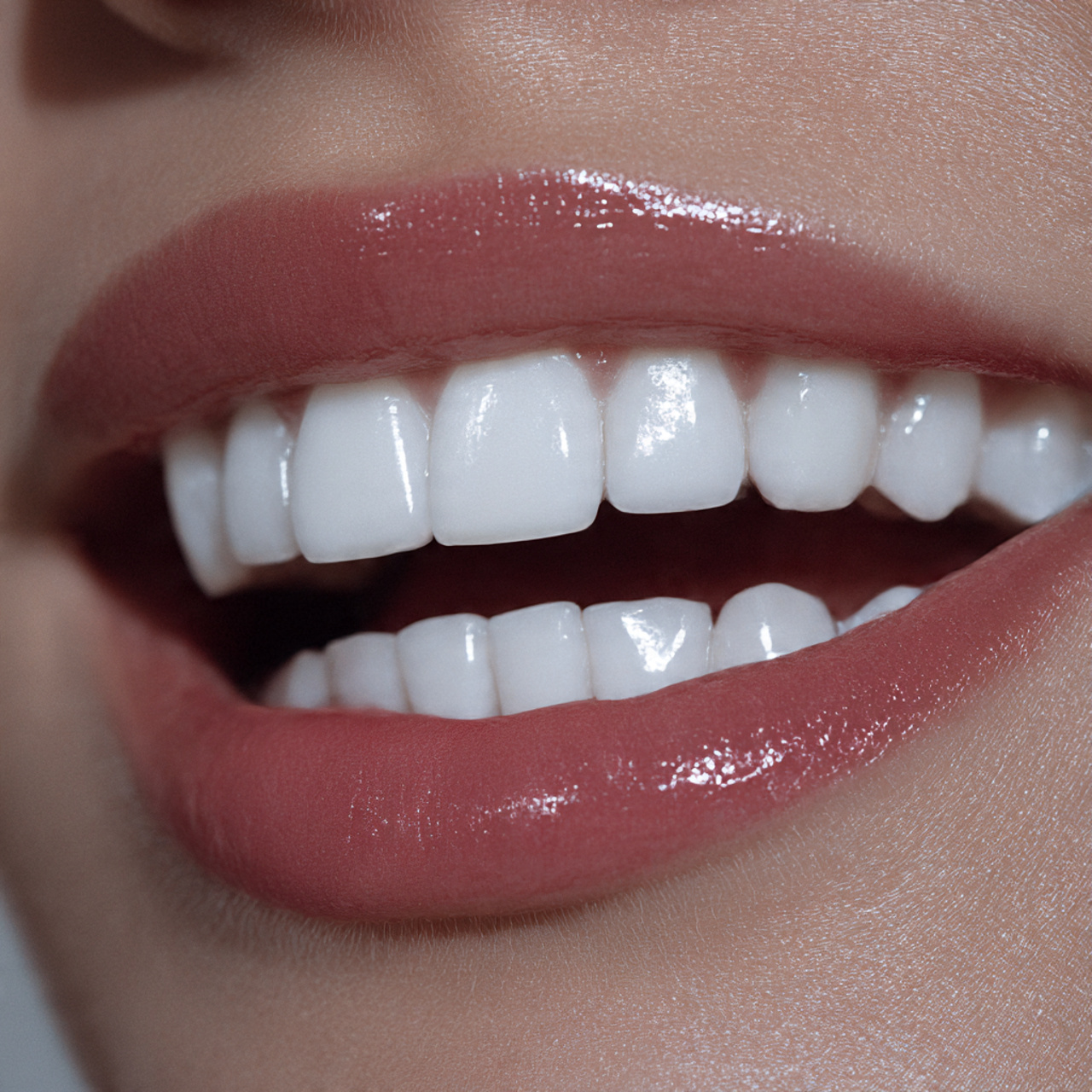
For decades, dentists have pushed fluoride toothpaste as a must-have for strong teeth. It fights cavities a...
Related Blogs
Toothpaste and why they add floride
10 minutes, 18 seconds
-8 Views 0 Comments 0 Likes 0 Reviews

Toothpaste and Fluoride Side Effects: What You Really Need to Know
For decades, dentists have pushed fluoride toothpaste as a must-have for strong teeth. It fights cavities and keeps smiles bright. But lately, folks worry about fluoride side effects from toothpaste. Some parents fear it harms kids. Others question if daily brushing brings hidden risks. Let's dig into the facts. We'll cover how fluoride helps your mouth. Then we'll look at real side effects. This way, you can make smart choices for your family.
Fluoride plays a key role in oral care. It strengthens enamel. The American Dental Association backs it for cavity prevention. Studies show it cuts tooth decay by up to 25% in kids and adults. Yet, balance matters. Too much can lead to issues. We'll explore that next.
Understanding Fluoride: Mechanism and Sources
How Fluoride Works in Dental Health
Fluoride helps rebuild tooth enamel through a process called remineralization. When you brush, it swaps out weak spots in your teeth. This forms fluorapatite, a tougher crystal than natural enamel. Your teeth resist acid attacks from food and bacteria better.
Big groups like the CDC and WHO endorse fluoride. They say it's safe at right levels. For example, toothpaste often has 1,000 to 1,500 parts per million of fluoride. This dose fights plaque without overload. Kids get big wins from it. One study found fluoridated areas have 40% fewer cavities.
Think of fluoride like a shield for your teeth. It plugs holes before they grow. But knowing how it works helps you see why side effects tie to excess.
Common Exposure Pathways Beyond Toothpaste
You don't just get fluoride from your tube. Tap water in many U.S. cities adds it at 0.7 milligrams per liter. The EPA sets this as the sweet spot for safety. Foods like tea or fish can add small amounts too. Dentists might apply gels or varnishes during checkups.
These sources stack up with toothpaste. Most people stay under safe limits. But in areas with natural high fluoride in wells, risks rise. The WHO warns against levels over 1.5 mg/L. Check your water report online. It shows if you need to adjust.
Broad exposure means total intake counts. Track it to avoid surprises. We'll cover what happens if you overdo it soon.
Acute Side Effects: Overexposure and Toxicity
Dental Fluorosis: The Aesthetic Impact
Dental fluorosis shows up as white streaks or brown spots on teeth. It happens when kids swallow too much fluoride while teeth form. Ages 1 to 8 mark the key window. Mild cases look like faint lines. Severe ones pit the enamel.
About 23% of Americans have some fluorosis, per CDC data. Most is mild and no big deal. But parents can prevent it. Use just a pea-sized dab for kids over 3. Swallowing paste adds up fast.
Fluorosis won't hurt tooth strength. It just changes looks. If spots bother you, whitening might help. But catch it early with smart habits.
Acute Fluoride Poisoning (Ingestion Risks)
Swallow a whole tube? You could face fluoride poisoning. Symptoms hit quick: stomach cramps, puking, and diarrhea. In bad cases, it affects heart rhythm or breathing. Kids under 6 face the biggest danger. A tube holds enough for real harm.
Call poison control right away if this happens. They say rinse the mouth and give milk. Don't induce vomiting. Most kids recover with fast care. Keep toothpaste high up. Out of sight means out of mind for little hands.
One report noted 20,000 U.S. calls yearly about this. But deaths are rare. It shows why labels scream "supervise children." Stay alert, and risks drop.
Chronic and Systemic Concerns Associated with Fluoride Intake
Thyroid Function and Fluoride
High fluoride doses might mess with your thyroid. This gland makes hormones for energy and mood. Old studies from India linked it to low thyroid output in high-water areas. Doses there topped 4 mg daily—way over normal.
A 2015 review in the Journal of Epidemiology found weak ties at typical levels. Toothpaste alone rarely causes this. But if you have thyroid issues, chat with your doc. They might suggest low-fluoride options.
It's like salt: fine in moderation, trouble in heaps. Most folks brush without worry. Track symptoms like fatigue if concerned.
Skeletal Fluorosis: A Severe, Long-Term Risk
Skeletal fluorosis builds slowly. It stiffens bones and joints from years of extra fluoride. Pain in back or legs signals it. This hits in places like parts of Africa or China with super-high water fluoride—over 8 mg/L for decades.
In the U.S., it's almost unheard of. Consumer products don't push you there. The NIH says it needs chronic mega-doses. Dental fluorosis is surface-level; this goes deep to skeleton.
Spot early signs? Get tested. But for standard use, no sweat. It underlines why guidelines exist.
Non-Fluoride Ingredients in Toothpaste: Potential Irritants
SLS and Other Surfactants
Sodium lauryl sulfate, or SLS, foams up your paste. It cleans well but irritates some mouths. Dry lips, sore gums, or more canker sores pop up. About 20% of people feel this sting.
Switch to SLS-free if it bugs you. Brands like Tom's of Maine offer gentle picks. They use natural bubbles instead. Your mouth thanks you with less hassle.
Not all pastes need SLS. Test a tube and see. Comfort beats foam every time.
Flavorings, Sweeteners, and Preservatives
Mint or cinnamon flavors delight most. But allergies strike some. Sweeteners like sorbitol rarely cause tummy upset if swallowed. Preservatives fight germs but might spark rashes.
Abrasives scrub stains. Hydrated silica works fine, but rough ones wear enamel. Pick mild relative dentin abrasion scores under 100. Check labels.
If flavors trigger issues, try unflavored. Plain works for sensitive types. It keeps your routine simple.
Navigating Toothpaste Choices: Safe Use and Alternatives
Dosage Control for Children
Kids need less paste than you think. Under 3? A rice-grain smear does it. Ages 3 to 6 get a pea-sized blob. Supervise to ensure they spit, not gulp.
Teach spitting early. Make it a game with fun rinses. This cuts swallow risks big time. Dentists say it prevents 80% of fluorosis cases.
Follow ADA rules. Your child's dentist can tweak for their needs. Small steps build healthy habits.
Fluoride-Free Options and Their Limitations
Go fluoride-free? Options like hydroxyapatite mimic enamel repair. Xylitol chews cut bacteria. They help, but not as strong as fluoride. Trials show fluoride halves cavities; alternatives trim 20-30%.
Pick them if you fear side effects or have allergies. But for cavity-prone folks, fluoride wins. The ADA notes limited proof for non-fluoride in high-risk groups.
Weigh your risks. A mix might suit—fluoride at night, natural by day. Consult pros for best fit.
Conclusion: Balancing Protection and Precaution
Fluoride in toothpaste guards against decay better than most tools. Side effects like fluorosis or poisoning happen mainly from overuse. For adults and guided kids, benefits crush the downsides. Watch intake, especially young ones, to stay safe.
Other paste ingredients can irritate too. Test what suits your mouth. Alternatives exist, but fluoride leads for proof.
Brush smart. Check with your dentist yearly. Your smile stays strong without the scares. Ready to tweak your routine? Start with a label read today.
Photos
-
https://funewgi.com/public/sesblog_album/55/9b/4ef2d85cd05a3a046db555c4462408d5.jpghttps://funewgi.com/public/sesblog_album/59/9b/4212f0ee69089e883c6bf9bc955652ad.jpghttps://funewgi.com/public/sesblog_album/5d/9b/0f5d7979c33b6fe415a3daf2966ed504.jpghttps://funewgi.com/public/sesblog_album/51/9b/579a479fd2c71e387ee50be815885f2e.jpg
Toothpaste and why they add floride 0 0 0 1 4
4 photos

